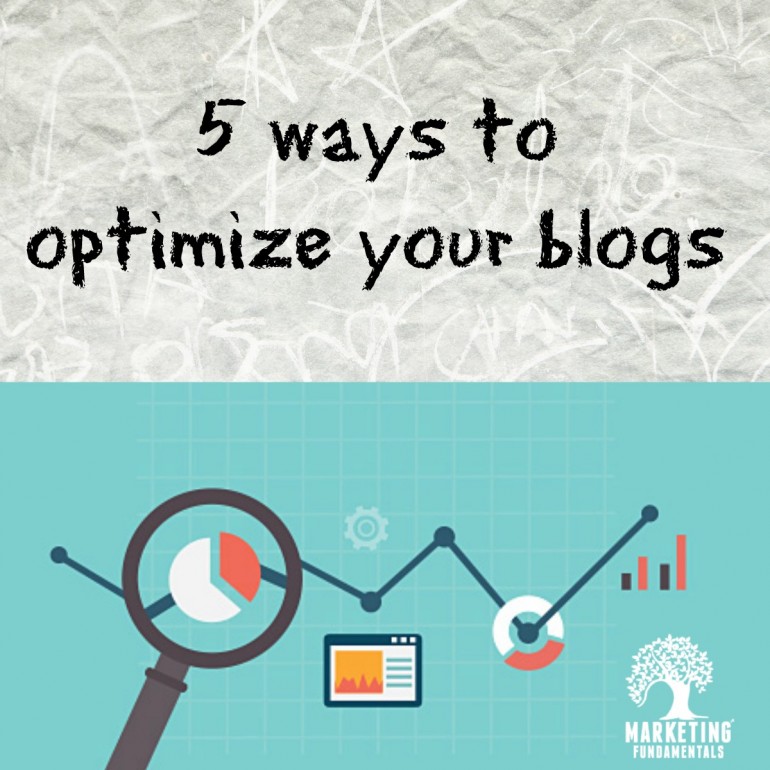
A business blog is a great way to establish authority and credibility among your sales prospects. It shows that you are an expert in your subject and you understand customers’ problems thoroughly. But simply publishing your blog is not enough. This post will help you learn how to optimise your blog posts; a powerful method to make your content do its intended job.
In today’s competitive landscape, where every business is producing content on the web, prospects are exposed to a plethora of information. 2013 statistics show that there are over 152 million blogs out there on the internet. And this number has been growing at a staggering rate.
As a business owner or a content publisher for your business, your challenge is not only to create great content but also to ensure that it is found on the internet by your prospects.
So, how do you make your blog discoverable on the internet?
Google is the most widely used search engine globally. It processes over 3.5 billion searches per day globally. Most of your prospects will be using Google to search for products or services related to your line of business. Therefore it is important that you optimise your blog posts and make them search engine friendly.
How to optimise your blog – 5 steps
1. Use keyword planner for keyword research
Most business bloggers are unaware of the need for a proper keyword research. Keyword research helps you identify popular keywords that your prospects are searching for on Google. You have to signup to your Google Adwords account, proceed to the Keyword planner tool and set your preferred location to area where you are serving your customers. Then you type in keywords which represent your blog post title. Google will show searches for the keywords that you have typed in as well as search volumes for related keywords. This is the most crucial step of blog optimisation. Please ensure that you devote enough time to come up with keywords similar to your blog post, such that Google can give you better suggestions. Select the keyword which has more searches.
2. Use the keyword at the beginning of the Post Title
Now that you have selected a keyword in step 1, your next task will be to use the keyword in your article title. Please ensure that the keyword is at the beginning of the title. In the search result, Google shows titles up to 65 characters and it truncates the rest with “…..”. Ensure that you have a title between 50-65 characters.
3. Use the keyword in the post URL
If you are using WordPress, you can setup the slug of your post to match your title. This will automatically place the keyword in the URL. Also Google does not prefer to have stop words in the URL. Examples of stop words are “to”, “from”, “in”, “on” etc.
4. Use the keywords in Header tags, Image Alt Tags as well as content
Once you have written down the content, it is time to optimise the text to place the keyword strategically inside the post. Ensure to have the keyword in the first paragraph. This helps Google understand that your article is about the keyword which you have written in the title.
Always use header tags – H1, H2 and even H3 (if needed) to create sections in your content. Google has a system called search engine spiders which crawl billions of web-pages everyday. These spiders are not humans which can understand the structure of a webpage by looking at the content. Therefore, it is always advisable to present the content in a format which can be easily read by the spiders. If you use Header tags, Google will understand how you are presenting the content.
Also use keywords in the image ALT tags (as Google spiders cannot see images likes humans do). Use the keyword inside the article paragraphs as well. However, please ensure that you are not overdoing it. A good rule of thumb is to read the optimised article and see if it sounds unnatural or keyword stuffed.
5. Word count should be 300 words minimum
Google loves content. That is the only way it establishes whether a website is authority in a particular niche. Therefore creating long form content is one of the best ways to get your blog post optimised better for the keyword you are targeting. It is recommended that a blog post should have minimum 300 words. A lot of media houses produce longer form content (above 1000 words or even 2000 words). You may not have the time or the resources to produce content above 1000 words – 2000 words. A good rule of thumb is to keep the content around 600 words.
Now that you have followed the 5 steps, it should be fairly simple to optimise your blog posts. Now go ahead and “hit” the publish button. Distribute your content across various channels where your customer is present and let Google index your post naturally. Over time you will see that your blog posts are consistently bringing in more organic traffic to your website.
We hope this information has been useful to you. If you’d like to talk to us about creating effective Content Marketing plan for your business give us a call on +448452264247 or email us at mail@marketingfundamentals.com
Follow us on Social Media

